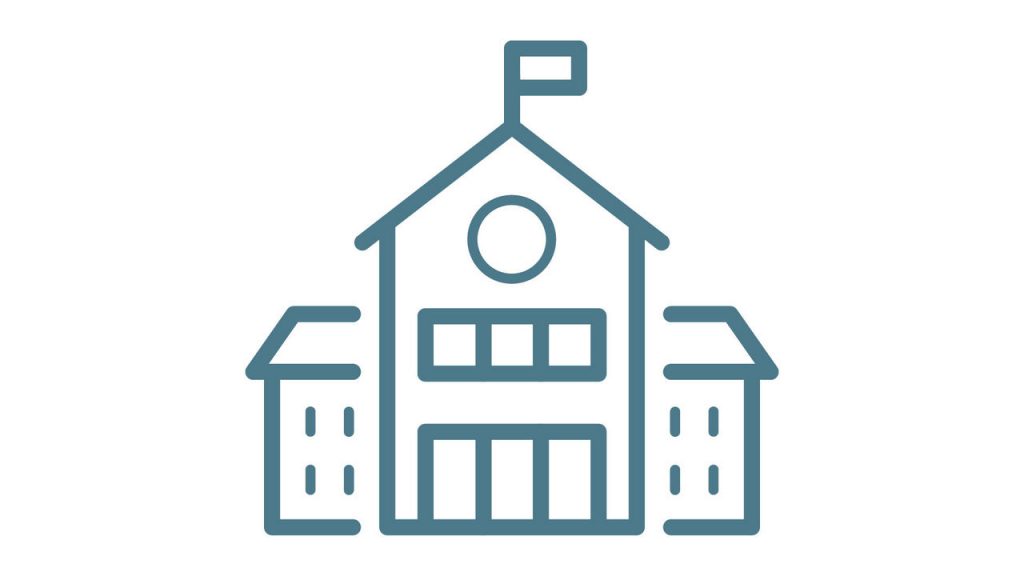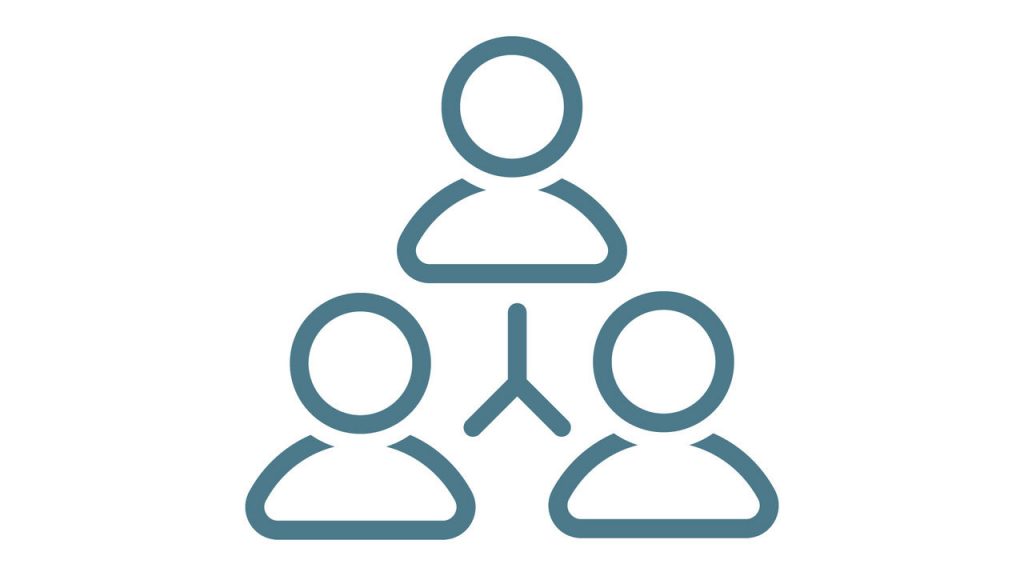The Greater Los Angeles Regional Transformational Assistance Center (R-TAC) supports all local educational agencies and public schools in Los Angeles County that receive California Community Schools Partnership Program (CCSPP) grants.
At the core of the R-TAC's work is a commitment to transforming educational practices and reducing disparities in schools across Los Angeles County by partnering, guiding and co-learning with CCSPP grantees to leverage the community schools model.
Our Team
The Greater Los Angeles R-TAC is one of eight technical assistance centers in California designated by the California Department of Education. It is led by the LACOE Community School Initiative in partnership with The Los Angeles Trust for Children’s Health and the UCLA Center for the Transformation of Schools.
To request technical assistance or training, please contact us at communityschools@lacoe.edu or call 562-401-5472.
Upcoming Learning Opportunities
Our in-person and virtual offerings include informational sessions and professional development opportunities centered around the California Community Schools Framework.
Subregional Support
The Greater Los Angeles R-TAC supports community schools in Los Angeles County through eight subregional areas. Each subregion is guided by an R-TAC coordinator who provides specialized technical assistance and best practices to promote the growth and success of the CCSPP model within their respective regions.
To find your assigned subregion, view the Greater Los Angeles Grantee List (Google Sheet).
Map of CCSPP Grantees in Los Angeles County
The interactive map displays the locations of all CCSPP grantees across Los Angeles County. It is designed to help identify where community schools are located, enhancing connections and fostering collaborations among local educational agencies, individual school sites and organizations.
For screen reader users or those unable to use the interactive map, please download the accessible spreadsheet version of this map’s data (Google Sheet).
Subregion Details and Contact Information
R-TAC Coordinator Contact Information
Steve Zimmer, zimmer_steven@lacoe.edu
Communities supported by this subregion:
- Acton
- Agua Dulce
- Anaverde
- Del Sur
- Desert View
- Highlands
- Hi Vista
- Elizabeth Lake
- Gorman
- Lake Hughes
- Lake Los Angeles
- Leona Valley
- Littlerock
- Littlerock/Juniper Hills
- Littlerock/Pearblossom
- Llano
- Palmdale Unincorporated
- Pasadena
- Pearblossom/Llano
- Quartz Hill
- Sun Village
- West Antelope Valley
- White Fence Farms
R-TAC Coordinator Contact Information
Dr. Sadaf Ashraf, ashraf_sadaf@lacoe.edu
Communities supported by this subregion:
- Artesia
- Bell
- Bellflower
- Bell Gardens
- Cerritos
- City of Commerce
- City Terrace
- Cudahy
- Downey
- East Los Angeles
- Hawaiian Gardens
- Huntington Park
- La Habra Heights
- Lakewood
- La Mirada
- Los Nietos
- Maywood
- Montebello
- Norwalk
- Pico Rivera
- Santa Fe Springs
- Signal Hill
- South Gate
- Vernon
- Walnut Park
- Whittier
R-TAC Coordinator Contact Information
Jane D’Anna, DAnna_jane@lacoe.edu
Communities supported by this subregion:
- Angelino Heights
- Atwater Village
- Boyle Heights
- Carthay
- Central City
- Chinatown
- Cloverdale/Cochra
- Country Club Park
- Downtown L.A.
- Eagle Rock
- East Hollywood
- Echo Park
- El Sereno
- Elysian Park
- Elysian Valley
- Faircrest Heights
- Glassell Park
- Hancock Park
- Harvard Heights
- Highland Park
- Historic Filipinotown
- Hollywood Hills
- Hollywood
- Koreatown
- Lafayette Square
- Lincoln Heights
- Little Armenia
- Little Bangladesh
- Little Tokyo
- Longwood
- Los Feliz
- Melrose
- Mid-City
- Miracle Mile
- Monterey Hills
- Mt. Washington
- Park La Brea
- Pico-Union
- Silver Lake
- South Carthay
- St Elmo Village
- Temple-Beaudry
- Thai Town
- University Hills
- Victoria Park
- Wellington Square
- West Adams
- West Hollywood
- Westlake
- Wholesale District
- Wilshire Center
R-TAC Coordinator Contact Information
Jane D’Anna, DAnna_jane@lacoe.edu
Communities supported by this subregion:
- Agoura Hills
- Agua Dulce
- Angeles National Forest
- Bouquet Canyon
- Burbank
- Calabasas
- Canoga Park
- Canyon Country
- Castaic-Val Verde
- Chatsworth
- Encino
- Fernwood
- Forest Park
- Glenview
- Granada Hills
- Hidden Hills
- Kagel Canyon
- La Canada-Flintridge
- La Crescenta-Montorose
- Lake View Terrace
- Malibu Lake
- Mint Canyon
- Mission Hills
- Monte Nido
- Montrose
- Newhall
- North Hills
- North Hollywood
- Northridge
- Pacoima
- Pico
- Pinetree
- Porter Ranch
- Panorama City
- Reseda
- San Fernando
- Santa Clarita
- Saugus
- Seminole Hot Springs
- Studio City
- Sun Valley
- Sunland
- Sylmar
- Tarzana
- Topanga Canyon
- Triunfo Canyon
- Tujunga
- Valencia
- Valley Village
- Van Nuys
- West Hills
- Westlake Village
- Winnetka
- Woodland Hills
R-TAC Coordinator Contact Information
LACOE Community Schools Initiative, communityschools@lacoe.edu
Communities supported by this subregion:
- Azusa
- City Of Industry
- Claremont
- Covina
- Diamond Bar
- Glendora
- Hacienda Heights
- La Puente
- La Verne
- Pomona
- Rowland Heights
- San Dimas
- Simi Valley
- Valinda
- Walnut
- Walnut Valley
- West Covina
R-TAC Coordinator Contact Information
John Lynch, lynch_john@lacoe.edu
Communities supported by this subregion:
- Alhambra
- Altadena
- Arcadia
- Baldwin Park
- Bradbury
- City Of Industry
- Duarte
- El Monte
- Glendale
- Irwindale
- La Puente
- Monrovia
- Monterey Park
- Rosemead
- San Dimas
- San Gabriel
- San Marino
- Sierra Madre
- South El Monte
- Temple City
R-TAC Coordinator Contact Information
Dr. Kathryn McClendon, mcclendon_kathryn@lacoe.edu
Communities supported by this subregion:
- Adams-Normandie
- Athens Village
- Athens-Westmont
- Baldwin Hills
- Century Palms/Cove
- Compton
- Crenshaw
- East Rancho Dominguez
- Exposition Park
- Exposition
- Figueroa Park Square
- Florence-Firestone
- Gramercy Place
- Green Meadows
- Harbor Gateway
- Harvard Park
- Hyde Park
- Jefferson Park
- Leimert Park
- Lynwood
- Paramount
- Rosewood
- Rosewood/West Rancho Dominguez
- South Park
- University Park
- Vermont Knolls
- Vermont Square
- Vermont Vista
- Vernon Central
- View Heights
- View Park/Windsor Hills
- Watts
- West Rancho Dominguez
- West Vernon
- Willowbrook
R-TAC Coordinator Contact Information
Katrina Blackwell, blackwell_katrina@lacoe.edu
Communities supported by this subregion:
- Bel Air
- Beverly Hills
- Brentwood
- Culver City
- Ladera Heights
- Malibu
- Mar Vista
- Marina del Rey
- Pacific Palisades
- Palms
- Playa del Rey
- Santa Monica
- Venice
- West Los Angeles
- Westchester
- Westwood
- Athens
- Avalon
- Carson
- Catalina Island
- El Segundo
- Gardena
- Harbor City
- Hawthorne
- Inglewood
- Lawndale
- Lennox
- Long Beach
- Hermosa Beach
- Manhattan Beach
- Palos Verdes Estates
- Rancho Dominguez
- Rancho Palos Verdes
- Redondo Beach
- Rolling Hills
- Rolling Hills Estates
- San Pedro
- Torrance
- Wilmington
Technical assistance outside of our subregional structure is available for the following local educational agencies (LEA):
- Any LEA within L.A. County receiving California Community School Partnership Program (CCSPP) funding that is not listed in a subregion.
- Any LEA that applied for but did not receive CCSPP funding.
- LEAs that are currently receiving funding to implement community schools initiatives from other federal, state, local and philanthropic funding sources.
For support, please contact us at communityschools@lacoe.edu or 562-401-5472.
CONNECT WITH US
Community Schools Initiative
12830 Columbia Way
Downey, CA 90242
562-401-5472
communityschools@lacoe.edu

















